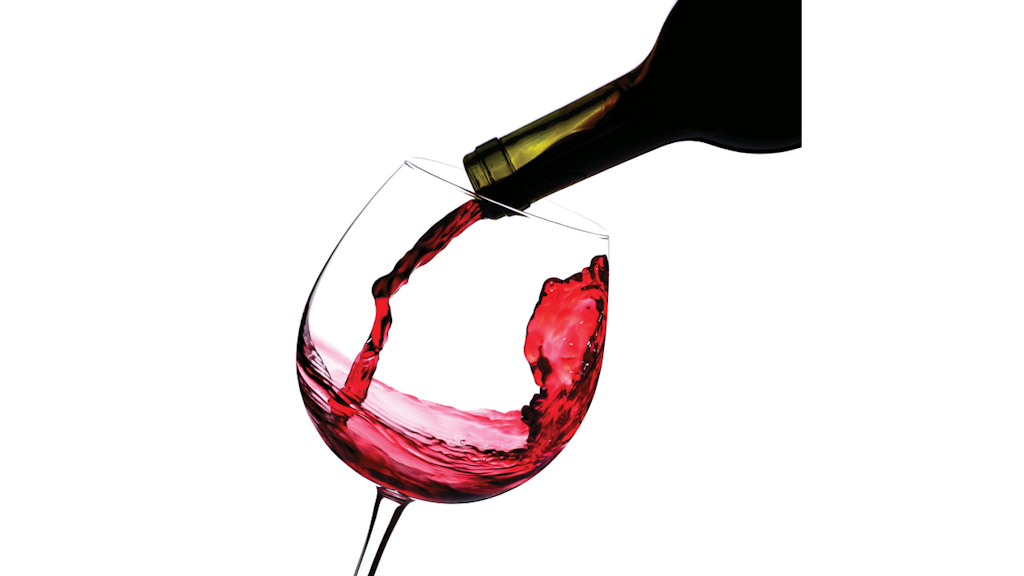
Serving the Perfect Wine
You don’t have to be a wine connoisseur to choose the right wine for your reception, party or special event. Serving wine at a party can be very simple and that all starts here. We offer for rent a wide range of fine wine glassware to help you serve the perfect wine in the perfect glass at your next event. To select the wine, just follow these easy tips:
Red wines
Any of these red wines is a good choice to accompany roasts, steaks, chops, game, Mexican food, pastas, casseroles, cheese dishes or barbecues.
Generic red wine
Generic wines are named for the location where they were originally produced.
Burgundy, Chianti, Claret and Mountain Red – Dry, pleasantly tart, with medium to full body
Barberone and Vino Rosso – Mellow, slightly sweet, with medium body
Varietal red wine
Varietal wines are named for the principal variety of grapes used to produce the wine.
Cabernet, Gamay, Gamay Beaujolais, Grignolino, Pinot St. George, Ruby Cabernet and Zinfandel – Rich, with medium to full body
Barbera, Cabernet Sauvignon, Charbono, Merlot, Petite Sirah and Pinoh Noir – Dry, fruity, aromatic, with light to medium body.
Serving wine at a party
Rose wines
Rose wines are a wonderful choice when serving ham, pork, veal, lamb, poultry, fish or salads – and at picnics.
Generic rose wine
Generic wines are named for the location where they were originally produced.
Vin Rose and Rose – Light, medium-dry, fruity
Varietal rose wine
Varietal rose wines are named for the principal variety of grapes used to produce the wine.
Cabernet Rose, Grenache Rose, Grignolino Rose and Zinfandel Rose – Light, fruity, dry, slightly sweet
White wines
White wines are great matches with seafood, poultry, veal, ham, cheese, creamed dishes, soufflés or eggs.
Generic white wine
Generic white wines are named for the location where they were originally produced.
Rhine, White Chianti, Dry Sauterne and Mountain White – Rich, dry, fruity
Varietal white wine
Varietal wines are named for the principal variety of grapes used to produce the wine.
Emerald Riesling, Gewüztraminer, Green Hungarian, Grey Riesling, Johannesburg Riesling, Sylvaner and Traminer – Light, dry, hint of sweetness
Chardonnay, Chenin Blanc, Dry Semillon, Pinot Blanc and Sauvignon Blanc – Rich, dry, with fuller flavor
Appetizer, dessert and sparkling wines
These wines taste particularly pleasing with appetizers and desserts, and on occasions when a toast is called for.
Appetizers
Sherry, Vermouth, Natural Flavored Wines, i.e., Cherry
Desserts
Port, Muscatel, Tokay, Sherry
Sparkling Wine for toasts and/or before reception/event food service
Champagne, Cold Duck
Wine Servings per bottle
Bottle Size Total fluid ounces Table Wine or Champagne Appetizer or Dessert Wine
Fifth (4/5 qt.) 25.6 4-6 glasses 8-12 glasses
Tenth (4/5 pt.) 12.6 2-3 glasses 4-6 glasses
Split 6.4 2 glasses
Pint 16 3-4 glasses 5-7 glasses
Quart 32 6-8 glasses 10-14 glasses
Half Gallon 64 12-16 glasses 20-30 glasses
Gallon 128 24-32 glasses 40-60 glasses
Storing Wine Properly
Cool: More than 32° F. and less than 70° F. Optimal: Between 50° F. and 60° F. with minimal temperature change)
No vibration
No light
Horizontal to keep cork moist (to make a quick wine rack, stack 4-inch hexagonal clay drain pipes)
Vertical for jugs/bottles with metal/plastic caps
Refrigerate leftover wine
Counting Wine Calories
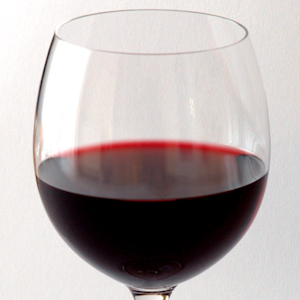
Red table wine
12% Percent alcohol (By vol., average)
24-25 Calories per ounce
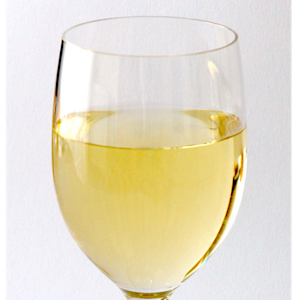
White table wine
12% Percent alcohol (By vol., average)
22-26 Calories per ounce
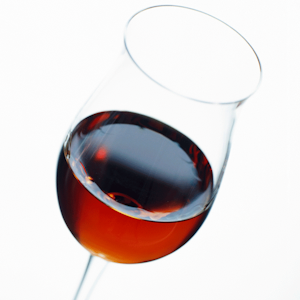
Dry sherry
17-20% Percent alcohol (By vol., average)
33-38 Calories per ounce
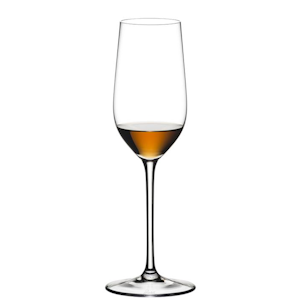
Dessert wines
18-20% Percent alcohol (By vol., average)
41-48 Calories per ounce

